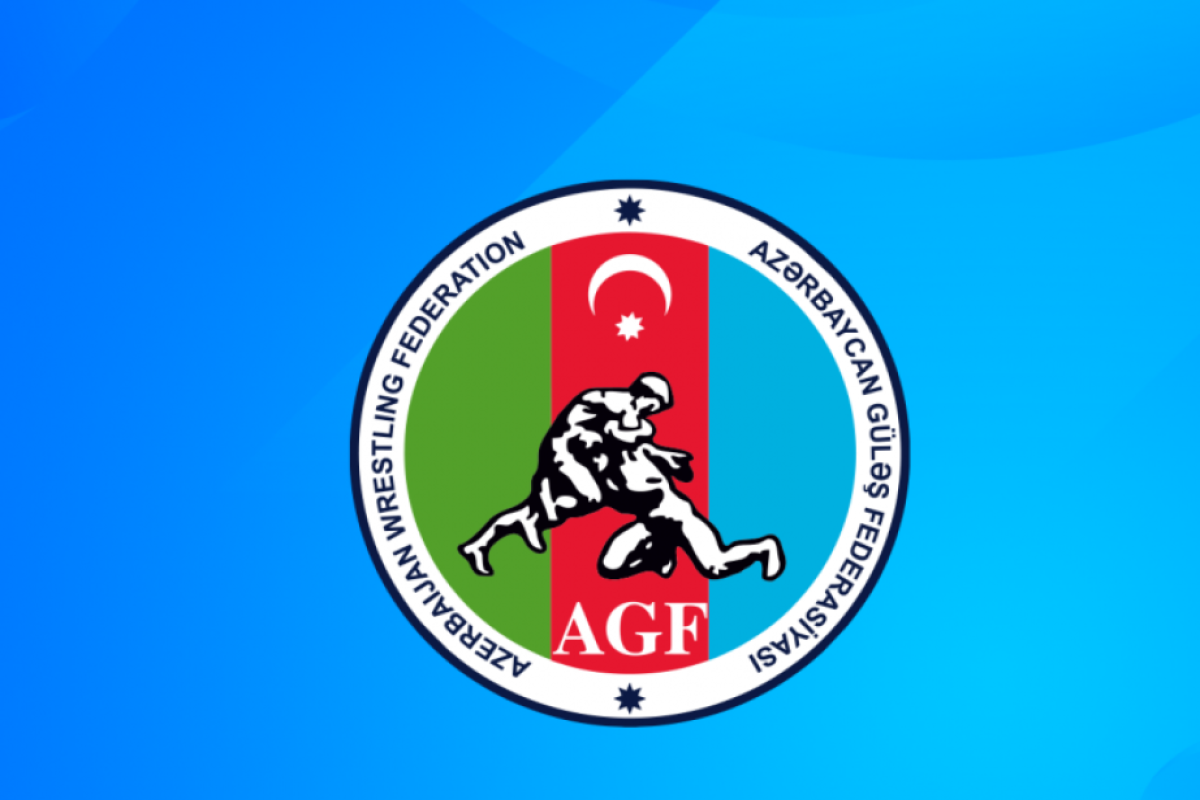Many got access to the Internet, most people uses cell-phones in everyday life.
Democratization of the society, strengthening of the statehood, liberalization of the economy, deepening and development of the principles of market relations, expansion of foreign economic relations pave the way for successful implementation of the state programs adopted, establishment of the balanced economic system and further progress in Azerbaijan’s economic potential and reputation.
However, some people say the present economic growth is unreliable and depends on oil, the subsistence minimum is high and above the minimal wage. Of course, today it is correct to some extent if it is forgotten that Azerbaijan became independent and owner of its natural and industrial resources just 16 years ago, that the national economic system is complex and inert, that radical structural transformations in the economy require decades, but no one or two years.
There is a duality in assessment of the economic growth.
To seek a key to questions arising, let’s see the reliable official data by the State Statistical Committee although some invent figures based on unknown sources and describe the situation in a to-their-own-interest form.
The major parameter of quality of economic and social development is Gross Domestic Product (GDP) – the output of goods and services produced by labor and property in a country- which uniqueness is that this macroeconomic indicator allows to avoid the double account and describe gross value added in cash, as well as quality and efficiency of the economic growth.
Despite its universality the GDP doesn’t include the value added share of the foreign and joint ventures, real prices, and is believed not to give complete picture of the real economic situation as there is no measuring criteria in any country to calculate or estimate taking care of il people and children, house tutorship, repair of household devices and equipment, shadow economy, bribes, sweeteners, corruption, climate changes, exhaustion of resources, environmental pollution.
The GDP deflator is not based on a fixed market basket of goods and services. The basket is allowed to change with people’s consumption and investment patterns. Therefore, new expenditure patterns are allowed to show up in the deflator as people respond to changing prices. The Statistical Committee says the gross domestic product deflator in 2006 made up 105.1 percent. I.e raw material prices went up 5.1% in the GDP production. The wholesale indexes for January – December, 2006 showed the real rise is noticeably more: 17.1 % in the industry on including: 11.6 % in extractive fields , 26.6 % in processing fields. The prices in agricultural production over the year increased 8.4 %, the foresting 10.4 %, fishing 50.8 %. Tariffs for cargo transportation 5 % etc.
And how does the GDP-deflator come below all these indexes.
The Committee says the GDP reached AZN 17.7358 billion in real prices in 2006 representing an annual rise of 34.5%.
The price of the one-percent growth marked AZN 177.4mln while this figure had been AZN 125.5mln a year earlier. The residents used raw material, services of 101.bln for this growth. Based on these figures, we can say the total amount of the services, works and manufacturing stood at AZN 27.7bln. the gross value added constituted 63.8% of the production and services. In other words, the cost of GDP worth AZN 1mln was AZN 1.57mln.
Dynamics and structure of the gross domestic product for 2006
Diagram

Production of the value added in industry is more rapid than in services. This proves Azerbaijan to be a developing country rather than a developed one.
The country’s population reached 8,364,760 and per capita gross domestic product made up AZN 2 120.3 (US $2 373.3). This figure was a 33% rise on 2005.
The economically active population reached 3,973,000 that is to say value added per employee stood at AZN 4 464.1. Average monthly wage rose 19.8% to AZN 141.3 making 37.97 of the GDP.
Production with a 42.5 annual increase rate made up 72.9% of the GDP as before. Industrial production shared 58.3% with an increase rate of 56.4% annually. 80% of the value added was produced in industry (AZN 10.3482bln). The advanced rate of the added value in industrial sphere (42.5%) resulted from rapid growth of the value added in industry because of oil boom (56.4%).
The value added in industry (AZN 10,3482bln) constituted 71.6% of the industrial production (AZN 14.4484bln). The value added in oil sector reached AZN 7.5518bln, which made up 42.6% in the GDP. Oil sector, we can say, shares half of the GDP. The GDP came 7.5% from the construction sector, up 8.5% from last year. The value added rose 0.9% in agriculture, foresting and hunting to 7.1% in the GDP. The GDP came 5.6% from trade, repair of vehicles and household things and the growth was 13.5% annually.
The Transport (growth 48.3%) and communications (24%) made 5.3% and 1.8% of the GDP. Net tax on imports and products rose 12.5%, year-over-year, to 6.5%.
Diagram - GDP segments

As to the social structure of the GDP, 81% of the gross value added was produced in non-state sector while 19% in state sector.
In transition to the market economy, the aforementioned facts allow to come to a conclusion how necessary it is to strengthen the state control over the economy and to economically and efficiently spend petrodollars. This would be the only solution to eliminate duality in assessment of the economic growth.
APA Economics






